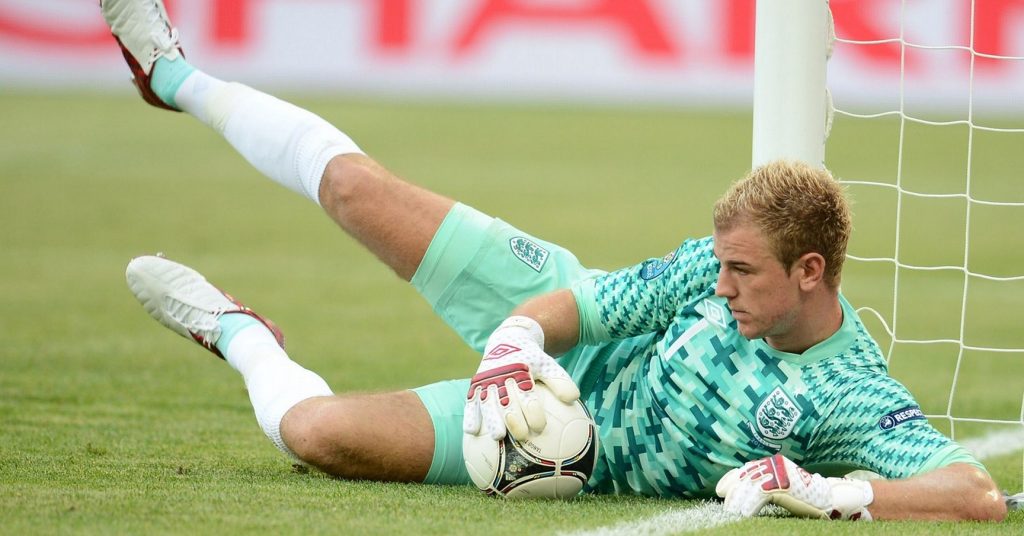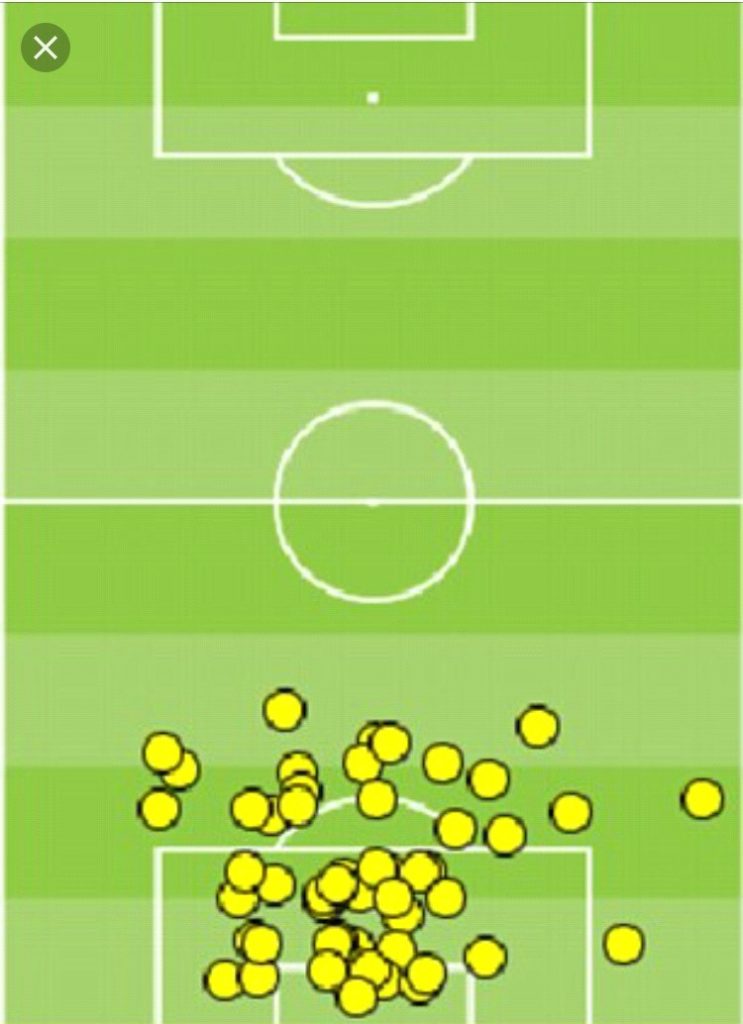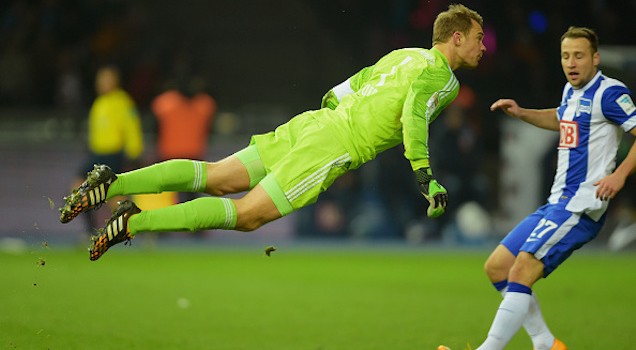Football remains an ever changing sport. It is a science to some and those who see it as such try to find ways to improve the sport. As a result, things morph from their previous states to new and improved forms. In our new series we’ll examine how the roles in certain positions have changed in recent times.
This does not mean the elementary role of a given position has changed for everyone, but the roles have been altered for some and those who have adapted and accepted the changes to their role have advanced themselves.
This mutation can obviously not happen with every given player as some may lack the required physical and mental abilities. Others, quite simply are not smart enough to perform the role.
Great details are not required to define the traditional role of the goalkeeper. It is simple. He is allowed to use any body part to prevent goals (hands outside the 18-yard box count as a foul). Goalkeepers are permitted to venture outside “their area” (the box). However, most would rather not except as a last resort. It is at this point the role of the goal keeper has changed.
We now have “ball playing goalkeepers.” As the term implies, these are goal-minders who can use their feet well. Every professional keeper can use his feet, the difference is in how well. For the ball playing goalkeeper, it is not just about rushing out of his area to sweep the ball into the stands or just hoof it long.

It is about getting the ball to a teammate with precision. In certain cases the safety-first principle will be required, but top ball playing keepers will rather find a teammate.
Ball playing keepers are required by their managers to partake in build-up play. To be able to pass efficiently across the defensive line. To pass through the lines into midfield. Then to reduce pressure on defenders when pressed by opening up a passing angle for them (either when they have ball at feet or from a throw in).
Manuel Neuer & Mac Andre Ter Stegen are the 2 names that come to mind. Watch them on the ball, watch what they intend to do with the ball. The urgent need to advance play even when it is a dead ball. Their eyes constantly moving in order to know where to play a possible pass before the opponents snap back into action. That split second can be so vital.
Most clubs now engage their goalkeepers in drills that focus on enhancing their ability with the ball at their feet. The graphic below shows the positions in which Neuer touched the ball in the Algeria v Germany game from the 2014 World Cup.

A case of the traditional keeper vs the ball playing keeper happened at Manchester City over the summer. Pep Guardiola dropped and eventually paved the way for the exit of club stalwart Joe Hart for Chilean Claudio Bravo. Why? For the simple reason the Englishman is clearly not a ball playing keeper. Many City fans were obviously upset, but this writer agrees with the right decision.
As a traditional keeper, Bravo is superior. Add to that the fact the former Barcelona goalkeeper is significantly more equipped as a ball playing keeper. It was a no-brainer for the Spanish manager. The concept of having a ball playing keeper is a key part of his philosophy. The philosophy the club hired him for.
From that example, it is clear having that ball playing ability does a goalkeeper’s chances a world of good these days. This does not say, the other traditional roles should suffer, but taking the forward step is a massive advantage over other keepers. You can now be a last line of defence as well as the first line of attack.
Article By: Ajuyah Charles, @tuale_CA








